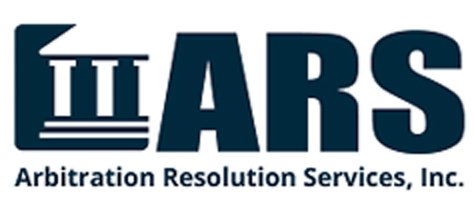Recent media reports have focused on the challenges facing the Financial Industry Regulatory Authority (“FINRA”) dispute resolution forum as it grapples with an expected influx of arbitration cases resulting from bonds issued by Puerto Rico. To review, concerns arose last year about the stability of bonds issued by the Commonwealth. As a result, interest rates paid on these bonds increased, not an unusual result when investors become concerned about the bond issuer (recently-issued Puerto Rico bonds were paying over 8%). While this can be good news for new bond purchasers, those holding older bonds, or who have invested in bond funds predominated by such bonds, get hurt. Why is that? Because when interest rates move up, the value of older bonds and the funds that hold them move down. This rule of investing often perplexes investors, but its underpinning is pretty easy to understand. For example, say I have a bond or bond fund loaded with bonds paying 2%. If someone can now go to the open market and get similar bonds for 8%, who will want to buy my bond paying only 2%? The answer is folks looking for a steep discount. The risks associated with municipal bonds and interest rate increases are explained nicely in two “Investor Alerts” published on the FINRA website.
Past is Prologue
FINRA’s dispute resolution forum has already had nearly 200 new case filings arising out of the Puerto Rico bond problem, and more are to come. Investors who suffered losses tend to claim that these investments were not suitable for them, or that they were over-concentrated in these bonds/funds, or that the risk of loss of principal was not fully explained to them. The problem becomes especially pronounced when an investor seeking safety of capital and a decent return invests in a bond fund and later finds out that they have suffered a major loss in principal. As surely as the swallows return to Capistrano, the arbitration case filings follow these bond fund declines. As I used to say when I was Executive Vice President of FINRA Dispute Resolution, “Hell hath no fury like a conservative investor seeking the safety of bonds being told their principal has suffered a loss.” And this is happening already with Puerto Rico. Hardly a day goes by without a press release from a law firm announcing that they are filing such cases.
The Old Way of Dealing with Arbitration Influxes
The sudden influx of cases becomes a problem for FINRA when the cases are concentrated in a geographic area where the local panel of arbitrators is not very large. This has happened before. For example, in 2009-10, FINRA started receiving a large influx of cases against regional (Tennessee area) brokerage firm Morgan-Keegan, arising out of bond funds impacted by the subprime meltdown. The two small FINRA arbitrator rosters in Tennessee were quickly overwhelmed. FINRA responded logically and methodically. It began recruiting arbitrators to beef up the local roster of arbitrators. But this takes time. To address the problem immediately, it started using arbitrators from nearby states, transporting them at its expense. It informed its constituents through public notices. FINRA’s has already started taking this approach to the Puerto Rico bond cases, because it has a very small panel in Puerto Rico, and at least one media report says FINRA may also encourage parties to have their case heard outside of Puerto Rico (Florida, for example, where FINRA maintains rosters in Boca Raton, Jacksonville, Miami, Orlando, and Tampa).
A New Way of Dealing with Arbitration Influxes?
This is all well and good at first blush,[1] but one wonders whether it is the best solution. My view is that it is not. Why? The Tennessee situation was a bit different. Tennessee is landlocked. It was relatively easy for arbitrators from nearby states to drive there. Ditto for parties wishing to move their case to a different state. And flights for parties or arbitrators were reasonably brief. Puerto Rico, an island a thousand miles from the mainland, presents much greater logistical challenges (for sure, no one is driving to San Juan from Miami). So, what else can be done? In my opinion, cloud-based ADR, including videoconferencing, is a great additional tool. This blog contained a post last September titled “Road Trips” in Consumer Arbitration: There Must be a Better Way. There, I opined:
“…The consumer often has toschlep(Yiddish* for lug or drag) themselves and perhaps their counsel to a hearing, even if it’s relatively close by. Makes you wonder if there’s a better way. I suggest there is – the Arbitration Resolution Servicesway (“ARS”) way. The ARS model is cloud-based, with the entire arbitration or mediation process being conducted online via the Web. The ARS rules governing consumer disputes assume that cases will be decided by electronic review of documents without the need for a hearing. But if a party wants to have a hearing, they can require a telephonic one or one conducted by videoconference (read: no schlepping necessary, but if by videoconference, you might want to wear a decent outfit) under section 3 of the rules. Now, in the interest of full disclosure, I point out that I am on the ARS Board of Directors. I also point out, however, that I would not be on the ARS board if I didn’t believe in the organizatin or the fairness of its rules.”
My views haven’t changed since last fall. If anything, they were prescient. Oh, but that gets to my proclivity to predict the future….

